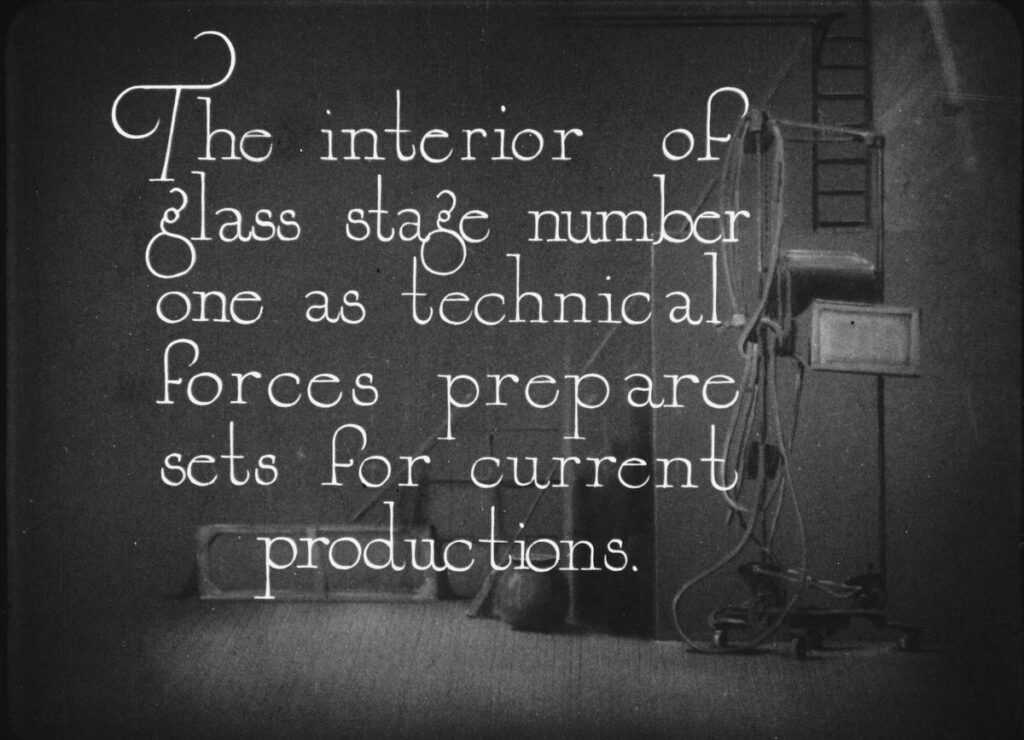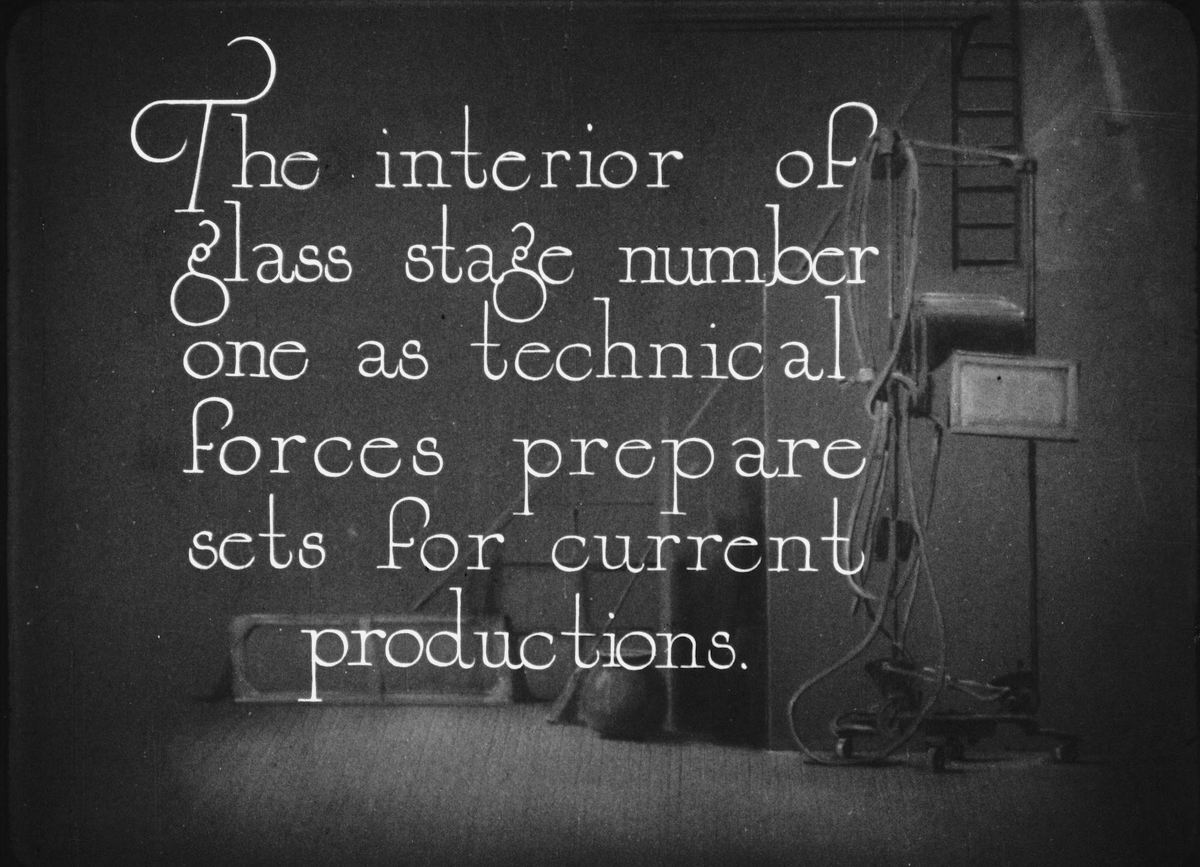I’d initially planned for this last series of posts about sub-titles (intertitles) to be about the use of art and drawings as well as the use of textured backgrounds. It has occurred to me that these usages may be more of one used in silent films as opposed to Silent Film itself.
Meaning that — like old cars, slap-shoes and baggy pants, hair and make-up styles, and roaring ‘twenties clothing — this was something that was part of what see in movies from the 1920s but isn’t necessarily a storytelling element, designed to present visual information for us out in the theater or on our sofa to decode or fuse together. I’ve realized that I have been using the phrase “Silent Film” with each letter capitalized in these posts, and haven’t explained why.
Ironically, as I’d just looked up what the name of this capitalization technique is, and found (or was reminded) that it’s called Title Case.

I’m writing these posts as a way to process my thoughts and observations about what makes silent film Silent Film, and to state it in a public forum of sorts in case it helps clarify it to anyone interested in this cinematic medium. Even if it’s by me getting a detail or two or three wrong and finding that out.
To me there are things in movies of the 1910s and 1920s that are of those times and not necessarily requirements in Silent Film. There will be a section of posts at the end of this long stretch of topic discussions, after I get through the discussing the various elements of the Silent Film universe, that will go over silent movies made since the early 1930s all the way up through today. Once we understand what Silent Film is and isn’t, we may be better able to understand why various attempts at creating a work in this medium may or may not have been successful or have or haven’t had impact.
I think of Silent Film as a medium unto itself and not as genre of film. Perhaps it may be more accurate to regard it as a sub-set of the overall medium of moving pictures, which can inhabit all the same genres as sound film. But Silent Film itself is not a primitive form of movies. It may have happened first but the storytelling techniques and our unwitting and at times unconscious involvement and interaction with them is a different from the real-time synch-sound reality of sound film.
Sometimes I will refer to “silent movies” or “silent film” or “silent cinema”, and sometimes I will say “Silent Film” — using Title Case to differentiate.
The first post in this series is here.
The previous post (#27) to this one is here.
The next one (#29) is here.
